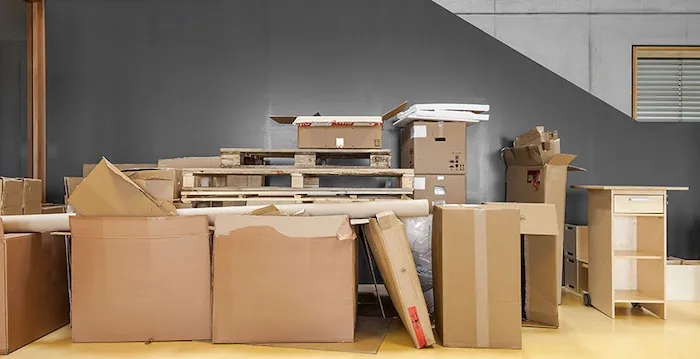From Planning to Setup A Complete Checklist for Successful Office Relocation
Office relocation is a big task for any business. Whether you’re moving to a larger space, reducing costs, or upgrading your work environment, the process needs careful planning. Without it, office moves can cause delays, confusion, and downtime.
This step-by-step office shifting checklist will help you manage your move smoothly from the first plan to setting up in the new space.
Step 1: Create an Office Shifting Plan
A successful office shift starts with a solid plan. Assign someone to manage the process or form a small team. Your plan should include:
- A timeline with clear steps
- Budget and vendor list
- Team responsibilities
Planning ahead keeps everything on track and reduces disruption to your business.

Step 2: Make a List of What Needs to Be Shifted
Before the move, prepare a list of all items. This helps in packing, tracking, and organizing the new space. Common office items to shift include:
- Furniture and desks
- Computers, printers, and other electronics
- Files and documents
- Pantry and storage items
Professional office shifting companies often offer surveys to help with this process.
Step 3: Inform Everyone Involved
Communication is key in any office move. Make sure to inform:
- Employees
- Vendors and suppliers
- Service providers
- Clients (if necessary)
Also update your new address on your website, emails, and official documents.
Step 4: Prepare Your IT Equipment
During office shifting, protecting digital data is very important. Make sure:
- All files and systems are backed up
- Laptops, desktops, and servers are turned off and packed carefully
- Cables and devices are labeled for easy setup
Many office shifting service providers handle IT equipment safely, including server rooms and printers.
Step 5: Pack and Label Everything
Use good-quality packing materials to protect items. Label boxes clearly to make unpacking faster. For example:
- Use cartons for documents
- Wrap fragile items like glass or electronics
- Use anti-static covers for IT devices
Label by department or item type to save time during setup.
Step 6: Choose the Right Time for Office Shifting
Pick a moving day that causes the least disruption. Make sure your moving company provides:
- Skilled labor for packing and lifting
- Safe vehicles with GPS tracking
- Climate-controlled trucks for sensitive items
Office shifting should happen smoothly, without affecting daily work.

Step 7: Unpack and Set Up the New Office
After the move, unpack in a planned way. Prioritize:
- Setting up workstations
- Connecting internet and IT systems
- Placing furniture and files as per the new layout
A well-organized setup ensures that work resumes quickly.
Step 8: Storage and Disposal Options
Some things may not be needed right away. In that case, consider:
- Short-term or long-term storage
- Disposal of unused or broken items
- Safe e-waste recycling for old electronics
Office shifting companies often offer these as extra services.
Step 9: Clean and Close the Old Office
Before handing over the old space, make sure to:
- Check that nothing is left behind
- Clear out all areas
- Arrange for basic cleaning if required
This avoids issues with the landlord or property manager.
Step 10: Review and Improve After the Shift
Once everything is moved and set up:
- Check if systems are working properly
- Ask your team for feedback
- Fix any issues quickly
This final step helps you settle into the new office without further delays.
Conclusion
Office shifting is more than just moving furniture. It involves planning, coordination, and careful handling of your business assets. With the right approach and a professional relocation team, the process becomes easier, faster, and more efficient.
If you’re planning an office shift soon, use this checklist and work with a trusted office shifting service provider to complete your move with confidence.
